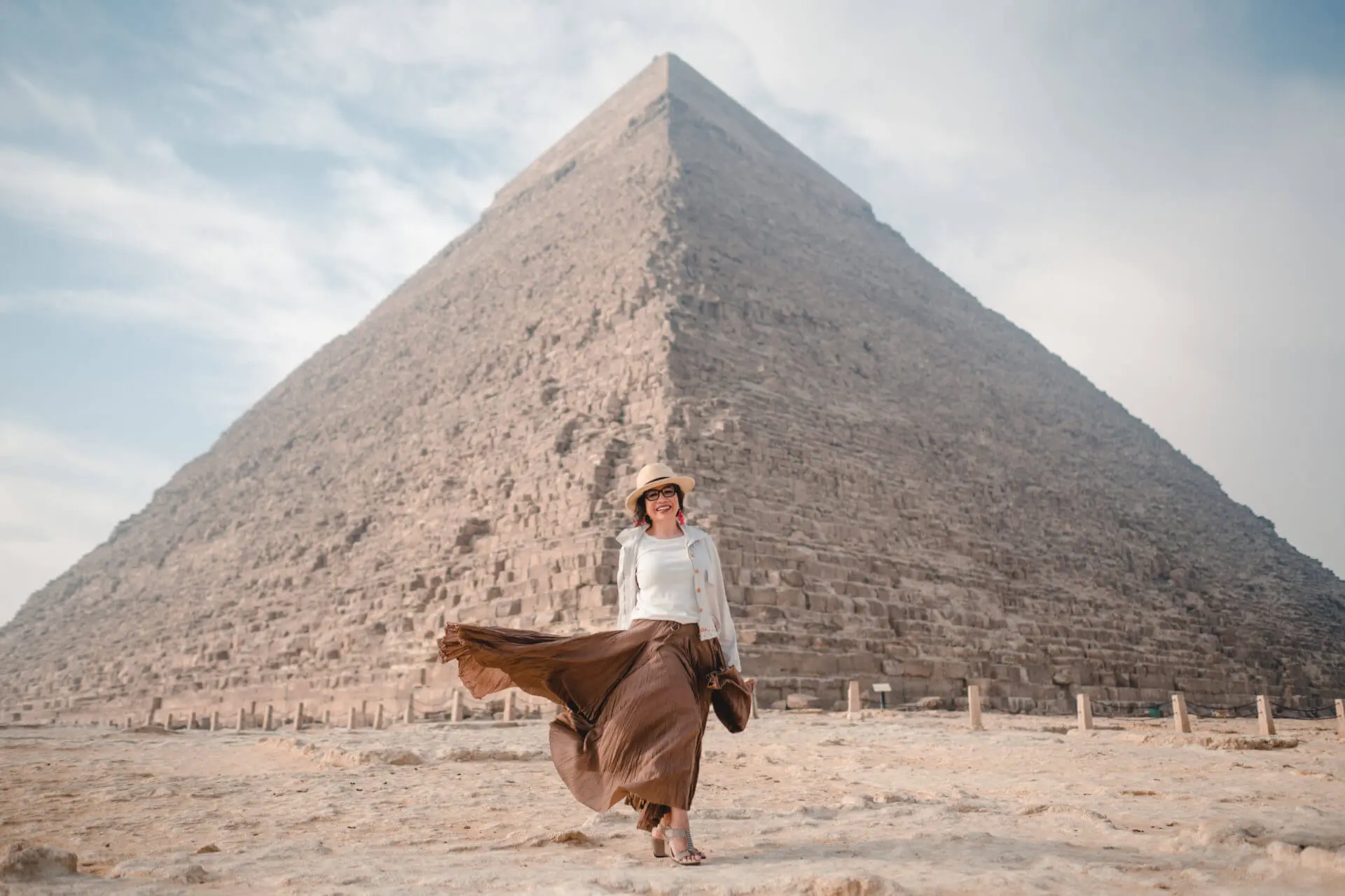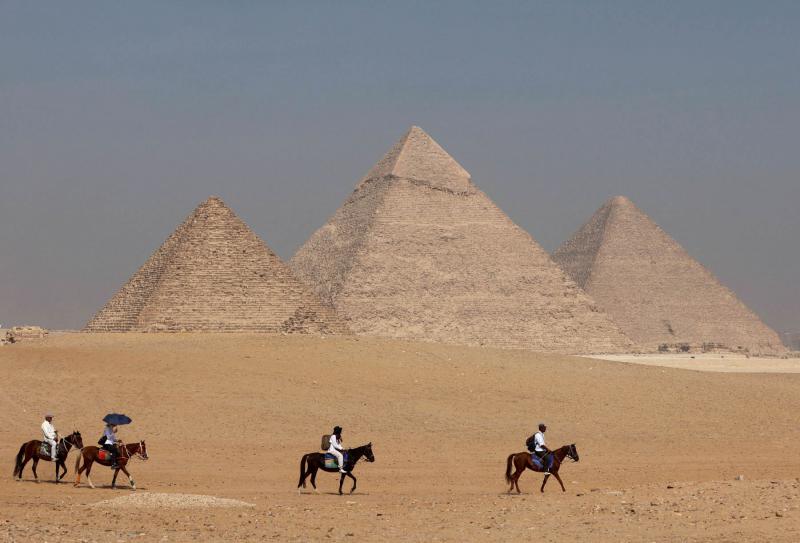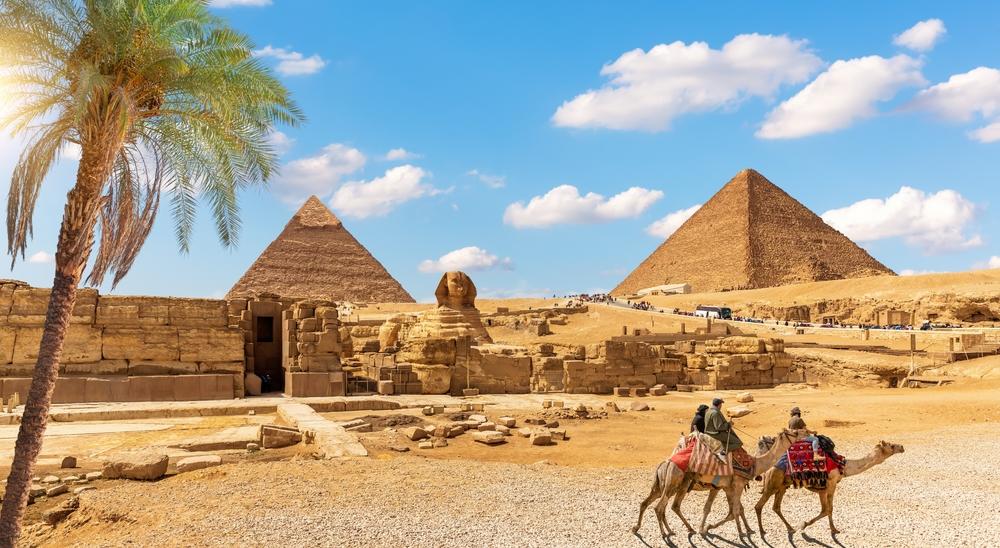The Step Pyramid of Djoser
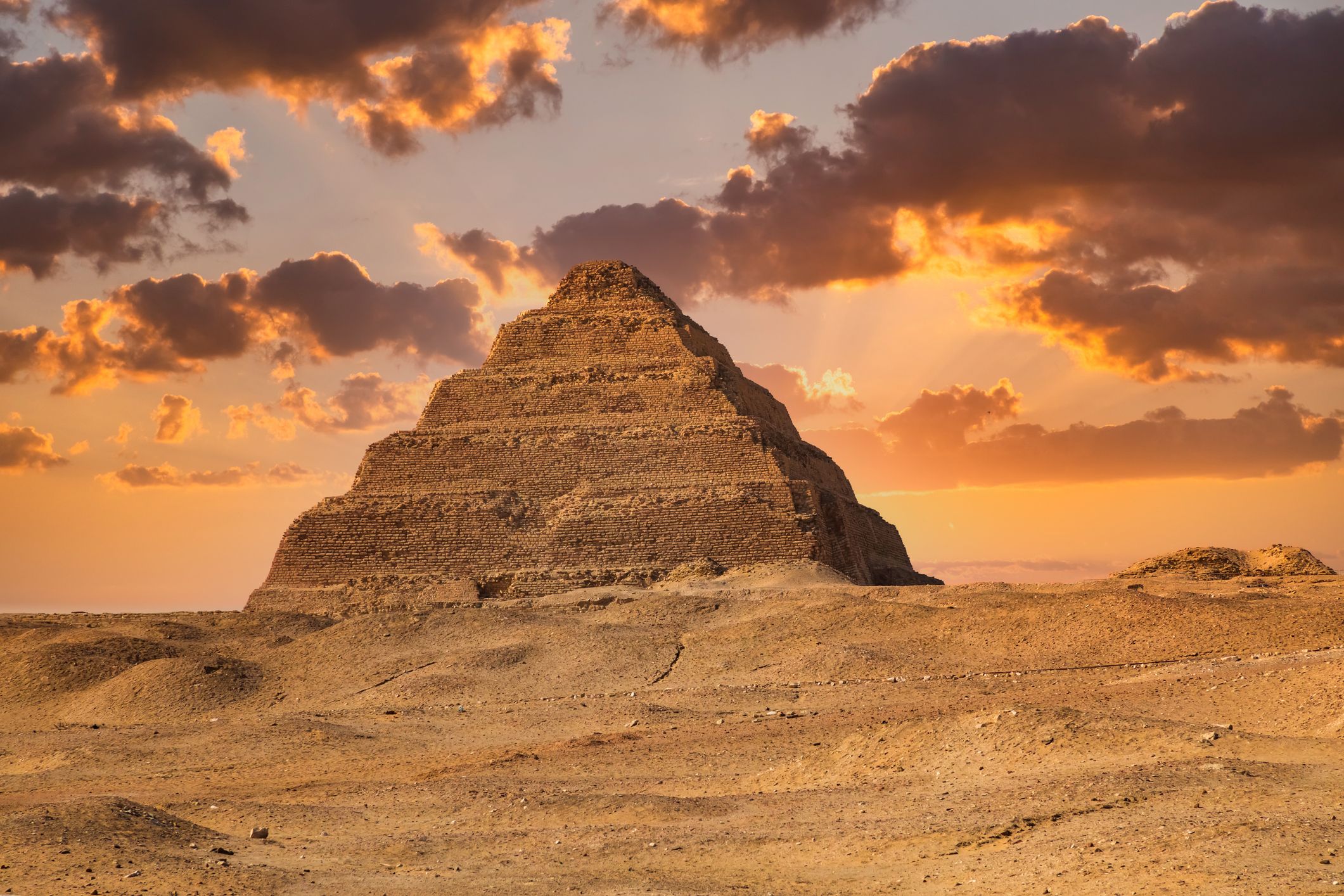
The Step Pyramid of Djoser
What one would be curious to know, in essence, what Egypt is famous for, is the Step Pyramid of Djoser, Set on top of the Saqqara necropolis, this iconic structure speaks volumes about the splendor of ancient Egyptian architecture and engineering, this was among the very first pyramids ever built and represented a serious mammoth turn in Egypt's architectural evolution, showing the large-scale genius that was Imhotep, the chief architect of the pyramid, there's a lot to be said about the Step Pyramid for those who plan to visit Egypt, Visitors feel like they are given a share of the innovations that symbolize the path of Egyptian architecture, one can experience it perfectly with tailor-made Egypt travel packages which serve the most overwhelming aspects held by the heritage of Cairo.
With its peculiar, stepped design most people just end up looking up at the pyramid in awe, or merely walking around the surrounding complex, including the famed enclosure wall to be real about ancient Egypt, the Step Pyramid does not offer only a view of the site but links one with the heritage of one of the greatest civilizations on earth, as you consider your next venture out, don't forget to work The Step Pyramid into your list of Cairo Tour. As with much that Egypt offers, this is one site, no traveler can afford to miss if they wish to unearth ancient Egypt or at the least, the origins from which the great works the land is famed for began. Let Rotana Egypt Travel take you on a memorable journey in revealing the timeless beauty of the historical treasures of Egypt.
Who Was Pharaoh Djoser?
One of the major rulers of the Third Dynasty of Egypt in the Old Kingdom, Pharaoh Djoser revolutionized ancient Egyptian architecture, he ruled from circa 2670 to 2640 BCE and is known for having ordered the building of the Step Pyramid of Saqqara, although being far from a flat tomb type, this will be an innovating structure with a stepped design, which sets new trends and characteristics of future pyramids, the reign of Djoser was marked by steps toward the improvement of administrative and religious practice, laying down strong foundations for ancient Egyptian statehood. Indeed, the monument he left to posterity, the Step Pyramid is a magnificent testimony to the imagination and architectural genius of the times, reflecting on the greatness and novelty of early Egyptian civilization.
Exploring the Saqqara Necropolis
Located on the southwestern outskirts of Cairo, the Necropolis of Saqqara represents one of those large and historically rich burial grounds that gives a view of the funerary practices of the ancients, as the chief cemetery for ancient Memphis, Saqqara stretches for about 7 km, with its rich mass of tombs, pyramids, and other archaeological treasures. One of its most iconic sites is the Step Pyramid of Djoser, an innovative structure regarded as the beginning of pyramid building in Egypt, the burial ground contains other additional tombs of high officials and nobles, most of which boast very delicate carvings, colorful hieroglyphs, and elaborate decorations, this vast space called Saqqara crumbles an Imhotep Museum that shelters huge amounts of artifacts and relics that were uncovered from the site which would give one a deeper understanding of lives and customs of ancient Egyptians.
Kingdom History of The Step Pyramid of Djoser
The Step Pyramid of Djoser constitutes a significant milestone in the annals of ancient Egyptian architecture, built during the Third Dynasty of Egypt, circa 2670–2640 BCE, commissioned by Pharaoh Djoser, the architect of this monumental edifice was the mastermind visionary Imhotep, it symbolized a radical step forward from the building of generic tomb structures called mastabas to the pyramid form, the stepped design corresponds to something like an early experiment in pyramid building, later advancing into the smooth-sided versions by the later dynasties, Located at the Saqqara necropolis stands the Step Pyramid: the grand tomb of Djoser that attests to his divine status as well as the state of advancement in Egyptian engineering, temples and courtyards were countless and surrounded the pyramid, defining the religious and administrative functions under Djoser, this architectural wonder spoke for the change of royal tombs with time and said much about the complex relations between religion, statecraft, and architectural innovation in ancient Egypt.
Why the Step Pyramid of Djoser is famous?
The Step Pyramid of Djoser is famous for several innovative reasons, as one of the first giant stone edifices in Egypt, the building pertinent to this structure broke the tradition of the earlier flat tombs to a great extent and paved the way for pyramid building, it was this stepped shape of the pyramid that provided a radical kind of innovation which would eventually find its way to the smooth-sided pyramids of later dynasties, this marvelous piece of architecture represents not only the innovation but marks the actual beginning of ancient Egyptian monumental architecture, the mortuary complex of the Step Pyramid is extensive, and testifying to the greatness of Djoser's reign and the genius of early Egyptian engineering and religiopolitical sophistication, Its enduring legacy continued to astound scholars and visitors by bearing witness to the ingenuity and greatness of ancient Egyptian civilization.
Tips for Visiting the Step Pyramid of Djoser
It is better to plan with the information about operation hours, and any travel advisories at the very least, for smooth visits to iconic sites such as the Step Pyramid of Djoser, you should wear comfortable and robust shoes since Saqqara's terrain is rugged and also covers quite a vast area of the necropolis. Keep well-hydrated, especially in the hot, dry climate, and Bring with you as well a hat and sunscreen to protect from the sun, consider hiring a guide who will truly enhance your experience with historical insights. Lastly, be respectful of the site's regulations and preservation efforts: do not touch or climb the monuments, which is also assured of a respectful and enjoyable visit.
What Secrets Are Hidden Inside the Step Pyramid of Djoser?
Concealed within this marvel of ancient Egyptian architecture lies a line of secrets, the Step Pyramid of Djoser, the line of underground passage systems within this pyramid structure is intricate, extended multi-chambered, and shaft-filled, serving both ceremony and functionality, its hidden features also include the well-decorated, filled burial chamber of Pharaoh Djoser, as yet undiscovered. The pyramid also boasts underground galleries and corridors that were constructed to prevent the pharaoh's body, along with other important valuable possessions, from getting into the hands of robbers, another unique feature of the complex is the South Tomb, older than the pyramid itself, probably used for some form of ritual, architectural innovations, such as the stepped pyramid and the elaborate mortuary complex, are early attempts to raise a burial site like this, those that in later times would influence pyramids.
Why Should You Visit the Step Pyramid of Djoser?
Any person who is interested in ancient Egyptian history and architecture should visit the Step Pyramid of Djoser, the construction of this step pyramid is one of the earliest and most innovative stone-made structures of that land and has initiated pyramid-making, shows much about the development of monumental architecture, This step pyramid, designed by the famous architect Imhotep for Pharaoh Djoser, is evidence of early ingenuity in engineering, it has remained one of the symbols of greatness from ancient Egypt, letting a little more light into the ways people are buried and religious beliefs of the Old Kingdom, this comes to be complemented by the surrounding expansive necropolis around the pyramid, visitors to the Step Pyramid have personal touching experiences with the rich historical heritage and new ideas in the architecture of the country.
The Step Pyramid of Djoser is the epitome of creativity expressed in ancient Egypt and one of the most appealing locations for anybody with a curiosity to visit Egypt, That enormous structure, constructed during the Third Dynasty, would turn out to be a landmark in the development of pyramids, showing the genius of both Imhotep and Pharaoh Djoser as architects, the visit to the necropolis in Saqqara aims to get an overview of greater ancient Egyptian engineering works and the evolution of royal tombs.
Any traveler coming for Egypt tours should make it a point to visit the Step Pyramid in their quest to trace back the rich heritage of the Egyptians, With Rotana Egypt Travel, you can discover the historical treasure trove of Egypt and experience in awe the rich history left behind by the Step Pyramid, whether it is architectural innovations or the cultural importance of monuments that existed in ancient Egypt, this is a site unequaled in giving the world a glimpse of what Egypt is famous for. It is, therefore, imperative to avoid missing the opportunity to discover the secrets and wonders of one of Egypt's most remarkable ancient wonders, all included in Cairo Tours.
Egypt Tours FAQ
Of course, travelers must obtain a visa, which can be obtained upon arrival or online for some nationalities.
Egypt is generally safe for tourists and residents, and you should consult travel specialists to find out the best places to visit in Egypt.
The Egyptian pound (EGP) is the official currency in Egypt.
The language is Arabic, but in tourist areas English is widely spoken.
Egypt offers a range of tours, including historical, cultural, and adventure trips that cater to all interests
Yes, many Egypt trips are family-friendly, offering educational experiences and activities suitable for all ages.
Private Egypt tours can be easily booked through us, offering customized itineraries based on your preferences.
Guided tours in Egypt include a professional guide, who provides insight and comfort, while self-guided tours allow more flexibility but you won't get the information a tour guide gives you.
comfortable clothing suitable for the climate, sunscreen, and essentials for exploring historical sites







.jpg)
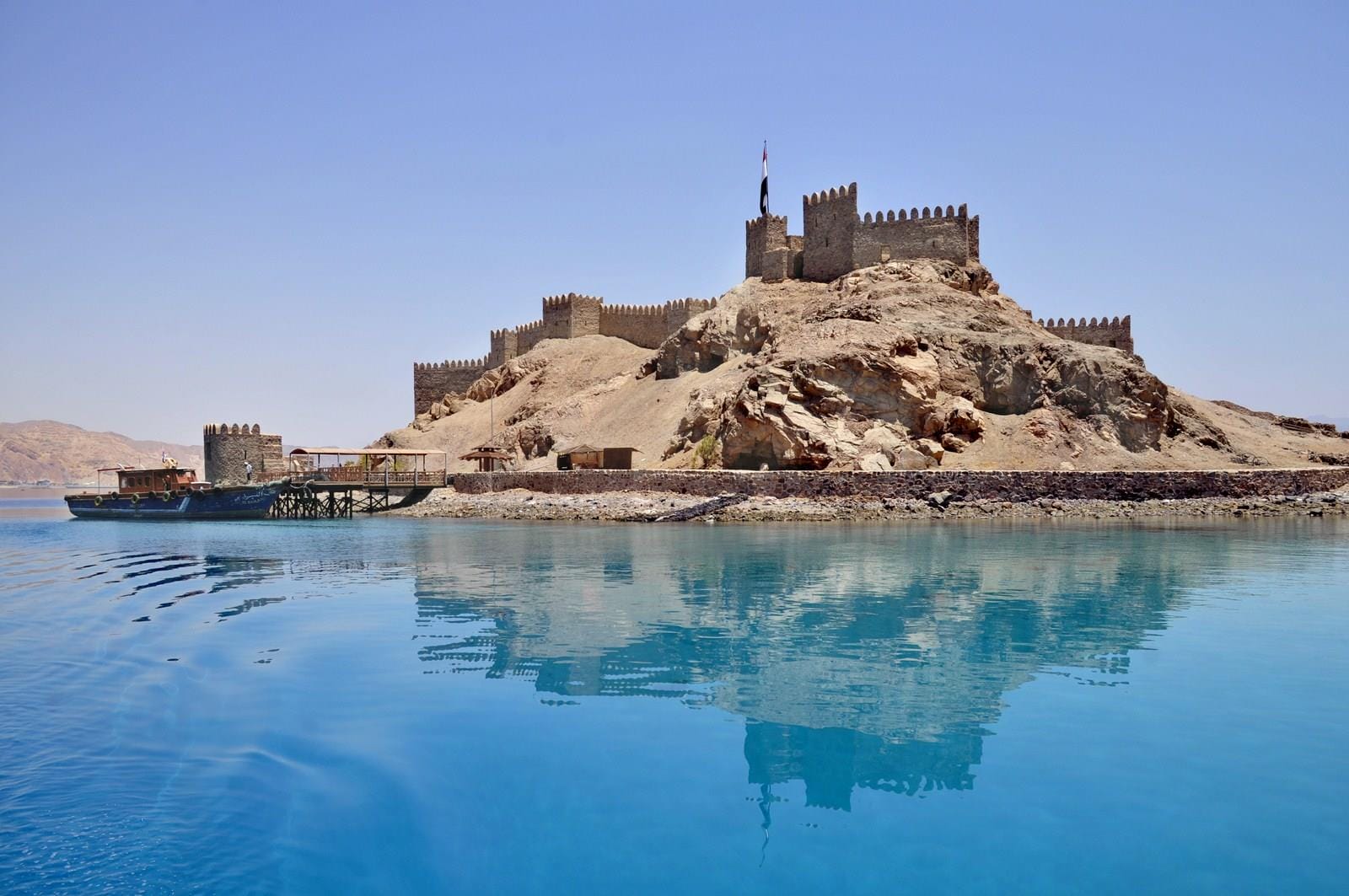


.avif)

